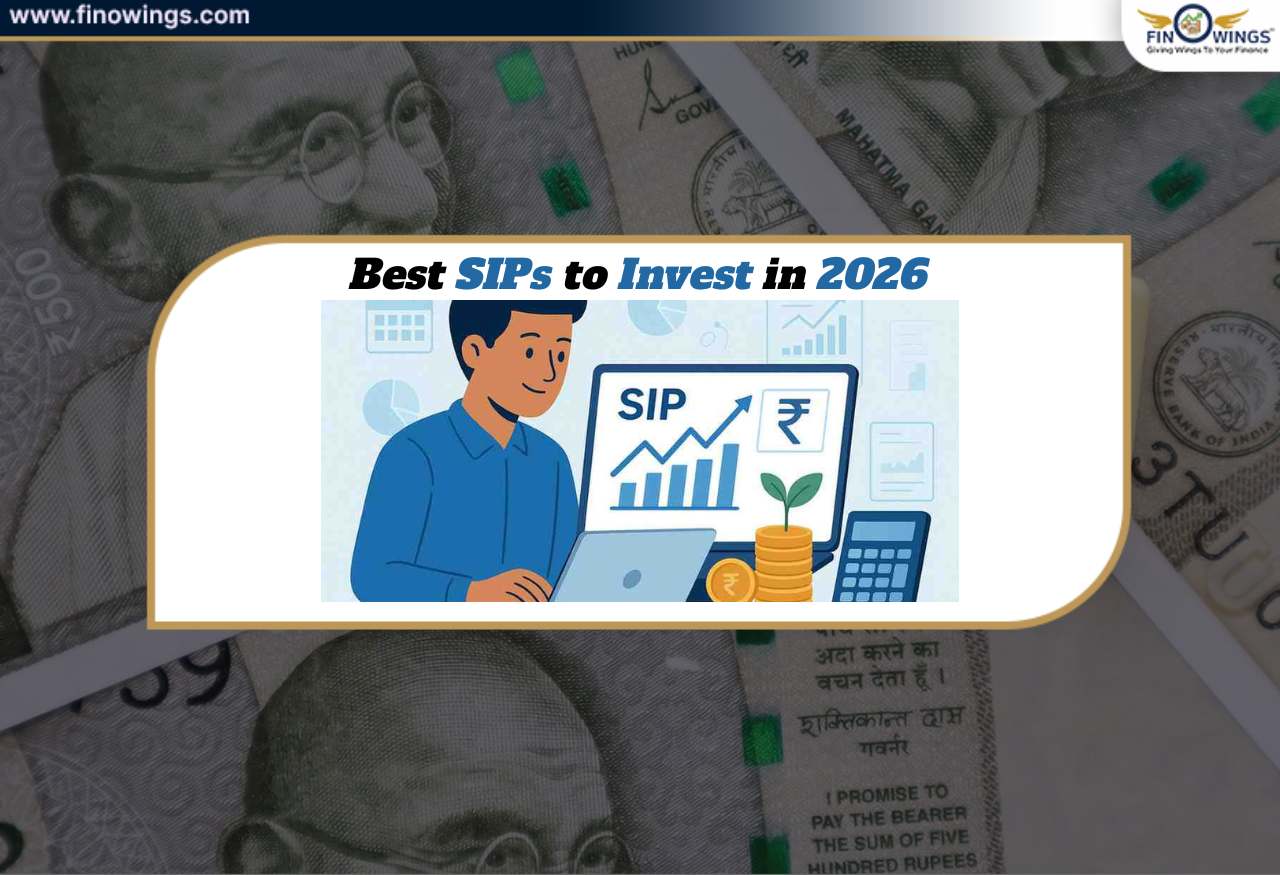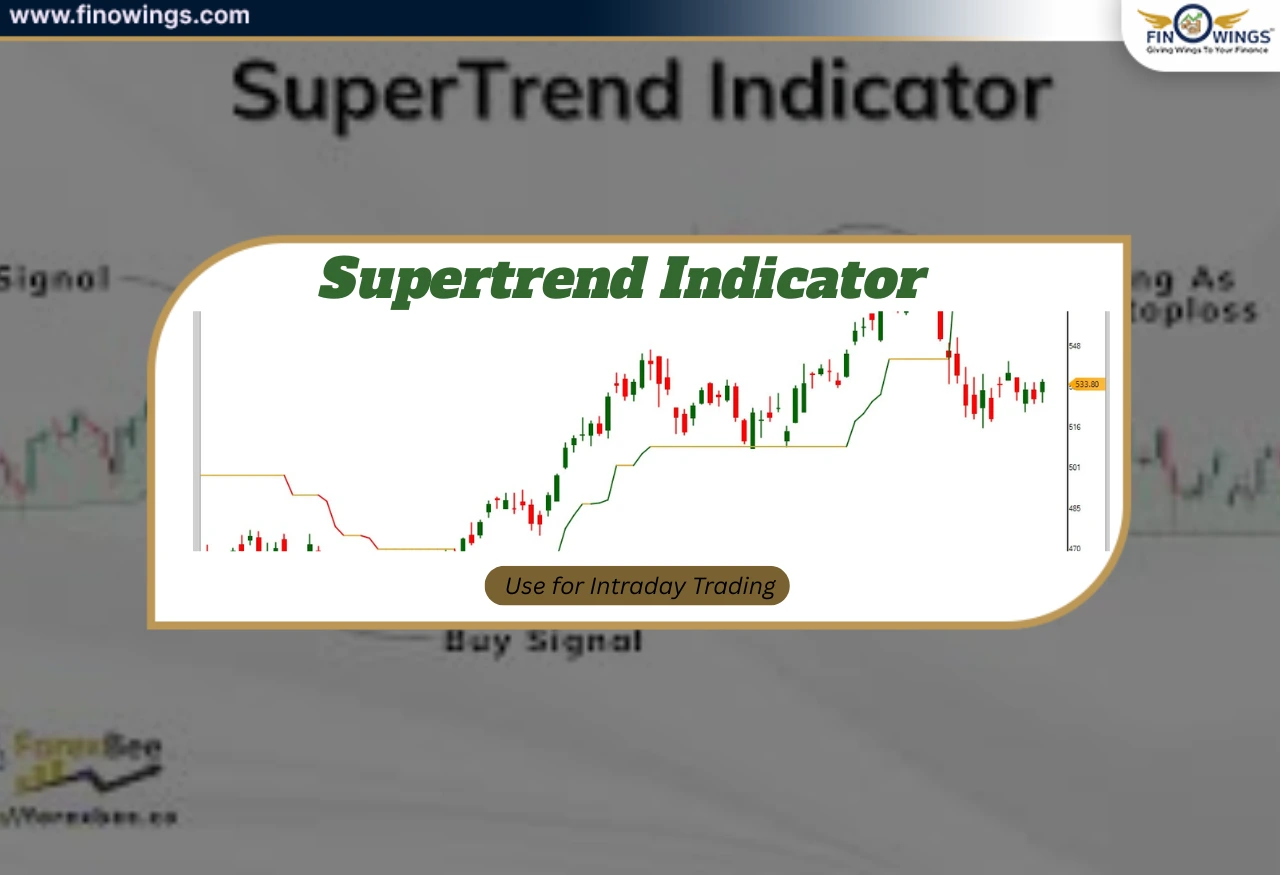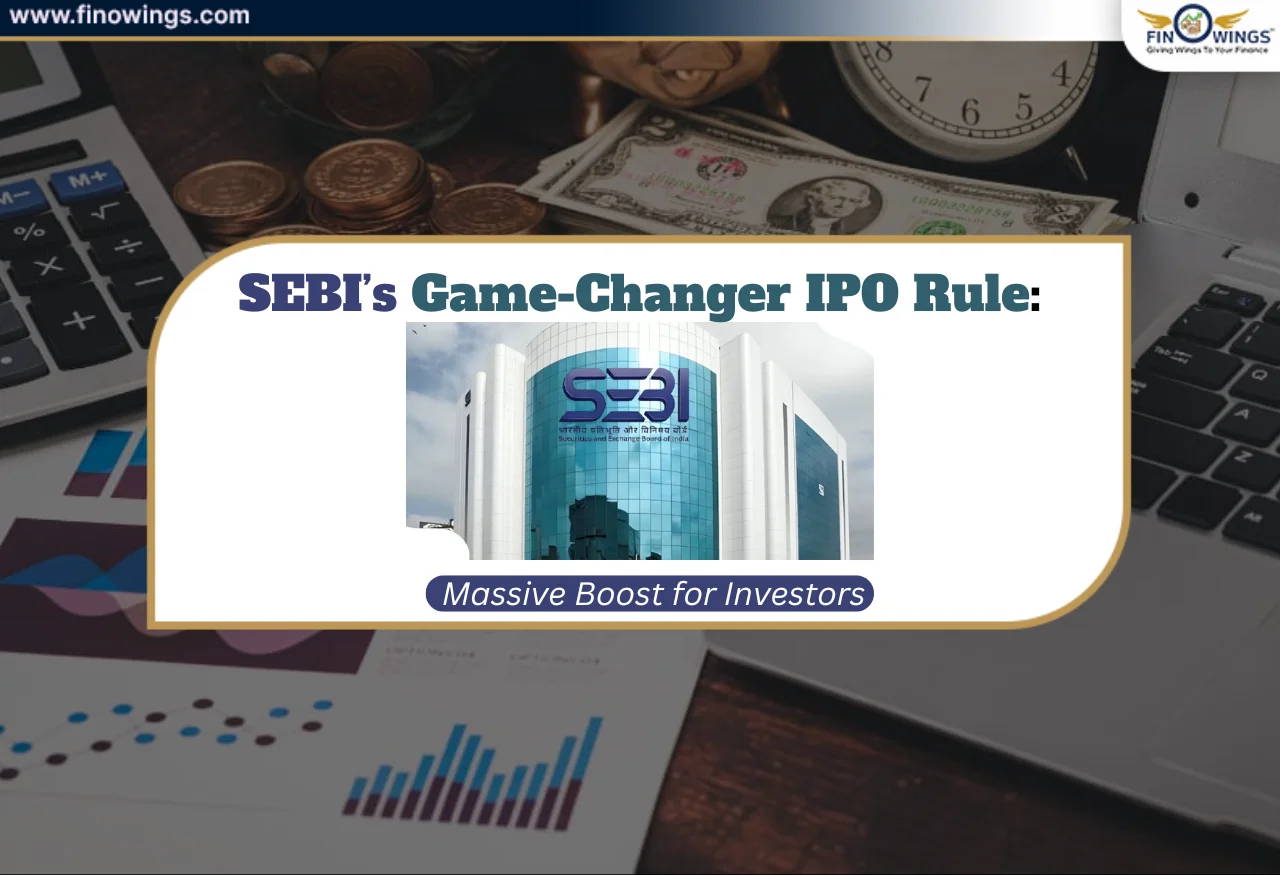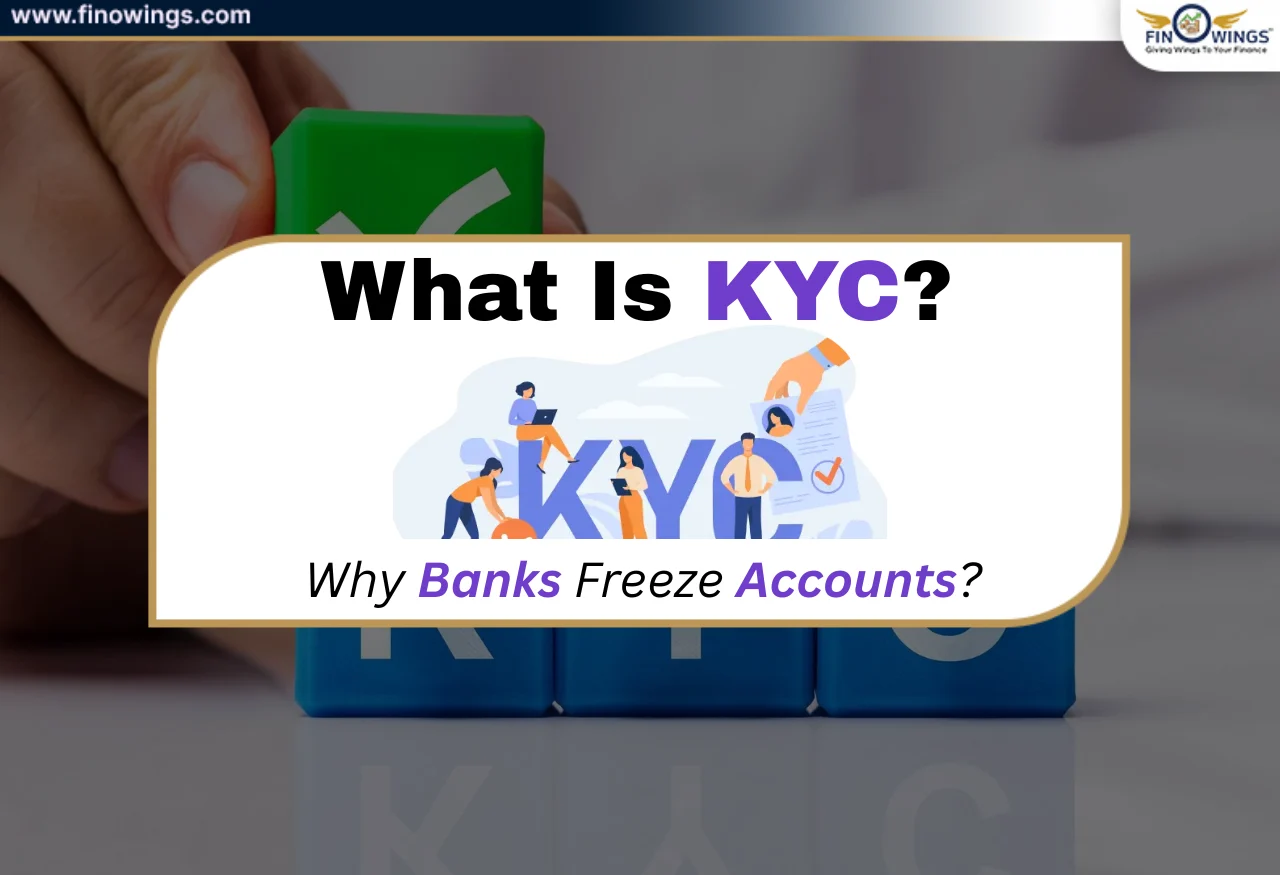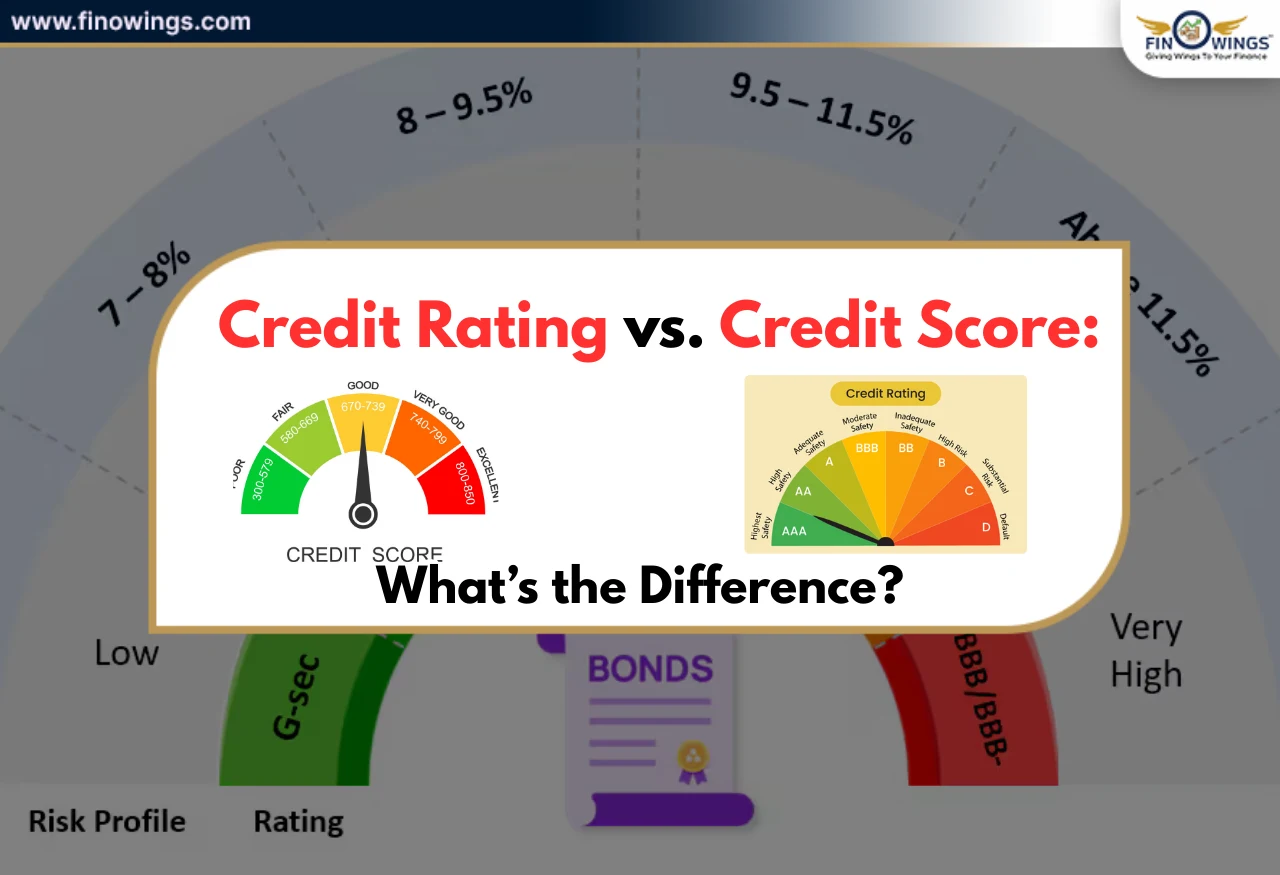Companies use various methods to speed up their growth and expansion, such as acquiring new assets, improving assets, etc. The expenses incurred on such strategic decisions are known as capital expenditure (CapEx).
Larger companies use increased capital expenditures to elevate their business and make a dominant market position. The investment done in the improvement of fixed assets such as machinery or plant of the business can go a long way by improving the efficiency of the entire business process.
To learn more about
capital expenditure, its computation, the significance of CapEx, and other topics, read the entire article.
The expenditure incurred on acquiring a new fixed asset of the company is known as capital expenditure (CapEx). It also includes updating, improving, and repairing a company's fixed assets. However, CapEx doesn't include any amount incurred in the business daily. This is because the expenditure incurred for the daily course of action is an operating expense.
Capital expenditure (CapEx) and operational expenditure (OpEx) may be used synonymously, but they are completely different concepts.
Capital expenditure is the one-time cash outflow, which is not recurring. However, it has an impact on the long-term assets of the company or those assets which are not deducted in full in the year they were purchased.
For example, the amount incurred on bringing a new monitor into the business may be fully written off. Still, the renovation expenses of one of your company's floors can't be written off.
Businesses must understand whether a particular expenditure can be termed CapEx or not. If an expenditure satisfies any of the below conditions, then it can be considered a capital expenditure (CapEx) -
• Acquiring or buying a new fixed asset, tangible assets such as a plant or machinery, and intangible assets such as goodwill or a license.
• Upgrading a fixed asset of the business to improve its efficiency and capacity, such as major equipment or a computer system.
• Repairing or renovating a non-functional or obsolete asset to make it usable.
• Adapting a new asset for some new purpose.
Remember that no investment with a projected lifespan of less than a year qualifies as a capital expenditure (CapEx).
Capex depicts the total fixed assets purchases of a company that provides long-term benefits to the company for more than a year, such as a machinery, property, plant, and equipment.
The major difference between capital and other operating expenditures is their treatment in the financial statements.
The capital expenditure (CapEx) is recorded in the financial statements following a 3-statement financial model.
• Income Statement - The acquired property, plant, and equipment is shown in the income statement by showing its Depreciation to match the expenses with the associated revenues.
•
Cash Flow Statement - The cash flow (inflow/outflow) related to the acquisition of property, plant, and equipment is shown in the
cash flow from investing activity in the cash flow statement.
• Balance Sheet - The non-cash depreciating expenditures (NCDE) are deducted from the capital expenditure (CapEx) associated with the procurement of PPE on the assets side of the balance sheet.
The current period's capital expenditure (CapEx) can be calculated by taking the prior year's capital expenditure (CapEx), adding any additional capital expenditure, and reducing it with any depreciation.
If this formula is reorganized to get additional capital expenditure, it can be solved using the formula below -
Capital Expenditures = Current Period PPE – Prior Period PPE + Depreciation.
The difference between the current year's PPE and the prior period's PPE is the change in PPE and the addition of the Depreciation of the same period.
PPE(Property, Plant & Equipment)
The classification of capital expenditure is as follows -
• Maintenance CapEx - The expenditure incurred by the company to continue its current operations is known as the maintenance capital expenditure. Examples of maintenance CapEx includes periodic system updates, repair of broken asset, etc. The maintenance capital expenditure is considered to be the expenses incurred to maintain the current level of profits and revenues. They are the mandatory spending for the current operations of the company. If this expenditure is not incurred, the business will not be able to continue with its current operations, which may have a negative impact on its performance.
• Growth CapEx - Growth CapEx is the company's spending on acquiring new customers, achieving its strategic goals, and expanding its geographical reach in the market. Growth CapEx is when the company aims to increase its profits and revenues beyond historical levels.
Some common types of capital expenditure are discussed below-
• Building and Property - The acquisition or upgradation of a building or property is considered a capital expenditure because they have a useful life of more than a year. The acquisition of a plant or building is made through a secure debt with repayment over many years. It is important to understand that capital expenditures on an asset are distinct from repairs to a plant that do not prolong its useful life.
The total cost of the asset and the interest expenses are depreciated, but the cost incurred for the stock issue can't be depreciated.
• Upgradation to Equipment - Machinery used in the industries often becomes obsolete or wears and tears out. If the upgradation cost exceeds the capitalization limit, it is depreciated over a period of time. Just like building or property, the upgradation of types of equipment is also financed sometimes. This cost of financing is also depreciated.
• Software Upgradation - The upgradation of software takes a major portion of the total cost in large companies. The upgradation and purchase of software are said to be capital expenditure and can be depreciated if it meets the eligibility criteria. As per the rules of capitalization, the cost incurred on development expenses and internal research on the creation of new software is to be capitalized and depreciated over the life of an asset. Such expenses include fees paid to the people who assisted in making software, employee payroll, and costs incurred to obtain long-term software.
• Intangible Assets - It is not necessary that the expenditure incurred on physical or tangible assets only will be considered as CapEx. For example, the expenses incurred on purchasing licenses or patents may also be considered capital expenditure.
• Vehicles - Several companies, such as delivery companies, require vehicles to provide services to customers or for distribution. The expenses incurred on acquiring such vehicles are considered to be CapEx irrespective of the fact that they are financed with a debt or purchased outright. But, the expenses incurred on leasing such vehicles are considered operational expenses.
Decisions made on capital expenditure are considered one of the company's most essential decisions. CapEx is important for the company due to following reasons -
• Long-Term Benefits - The capital expenditure usually has an impact on the long-term future of the company. The CapEx incurred in the past has an impact on the current manufacturing activities of the industry. In the same way, current decisions on capital expenditure will impact the company's future manufacturing activities.
Capital expenditure decisions give direction to the company. Therefore, the organization's long-term strategic goals should align with the company's CapEx.
• High Initial Costs - Capital expenditures are said to be high initial costs in the industries engaged in production, manufacturing, oil elaboration, etc. On the other side, capital expenditure on acquiring buildings, plants, and machinery benefits in the long run but requires a huge investment and regular operating costs. Moreover, CapEx also rises with the rise in technology.
• Irreversible in Nature - The company's capital equipment is customized with various capital eligibility requirements. But most of the capital expenditures of the company are difficult to reverse.
• Depreciation - The capital expenditure incurred increases the total capital assets of the company. But once these capital assets are put to use, their value starts decreasing because of the Depreciation charged on them.
Capital expenditure is the amount incurred on the purchase, upgradation, or improving the asset's life. It is said to provide benefits for more than a year. The capital assets for the company include buildings, property, plants, software, and so on. Mainly there are two forms of capital expenditure - maintenance capital expenditure and growth capital expenditure.
Capital expenditure (CapEx) is a crucial part of every organization because of its irreversibility, high initial costs, long-term benefits, etc. A corporation must, therefore, carefully plan and carry out its capital investment decisions.



